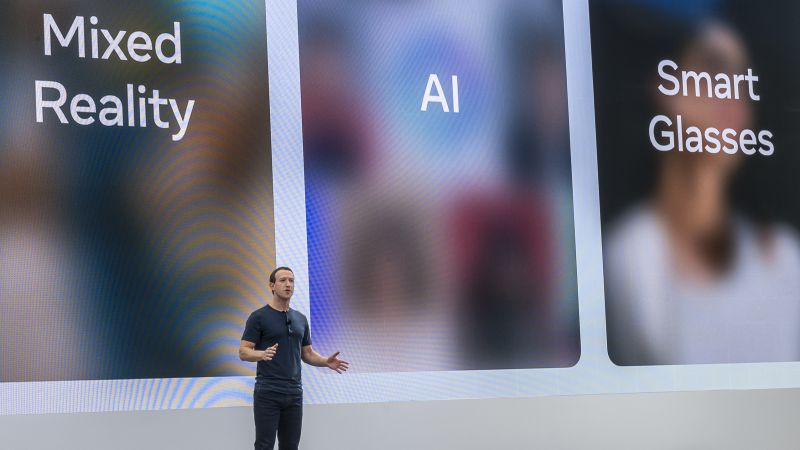In the early 2000s, Facebook emerged as a pioneering force in the realm of social media, effectively kickstarting a new era that changed communication dynamics globally. However, its parent company, Meta Platforms, Inc., has been on a quest over the last decade to branch out from solely managing social media applications. Despite facing many challenges in its endeavors, Meta is attempting to navigate toward a promising frontier: humanoid robots. This latest initiative is seen as a strategic move aimed at embedding Meta into the larger robotics industry.
According to a recent report from Bloomberg, a new division within Meta is currently engaged in the development of robots designed to perform mundane household tasks. The broader objective, however, transcends just building consumer-grade robots; Meta aspires to create a comprehensive platform that businesses can utilize to fabricate their robots. This endeavor would position Meta as a crucial player in the rapidly evolving robotics marketplace—an ambitious leap that reflects the company’s desire to control new technological avenues.
This strategic pivot into robotics is vital for Meta, especially considering that while its social media platforms like Facebook have enjoyed immense popularity, the company has historically struggled to gain a foothold in hardware—specifically mobile devices. Companies such as Apple and Google quickly emerged as dominant forces in the smartphone arena in the 2000s, effectively sidelining Meta from this critical domain. The setbacks in hardware development have likely fueled Meta’s current ambitions to capitalize on the potential that robotics technology offers.
In response to previous setbacks, Meta embarked on a series of initiatives over the last several years aimed at diversifying its offerings. It has made substantial investments in artificial intelligence and has pivoted toward immersive experiences in the metaverse—a term denoting expansive digital spaces often associated with virtual reality. Entering the robotics market could stand as a definitive move, aiding Meta in broadening its identity beyond a social media-first company and toward a multifaceted technology powerhouse.
Nevertheless, this venture is poised to encounter fierce competition. Notably, Tesla showcased its humanoid robot, named Optimus, at its Cybertruck launch event, capturing significant attention within the technology community. Moreover, Nvidia, a leading chipmaker, also revealed innovative AI technology aimed at powering robotics during the Consumer Electronics Show earlier this year. Such competitive forces underline the significant hurdles Meta must overcome in establishing itself as a player in the robotics landscape.
Meta’s efforts to branch out reached a critical milestone in 2021 when the company rebranded itself as “Meta” to signify an orientation towards the burgeoning metaverse. This strategic change signified that Meta’s vision extended well beyond just social media applications, positioning the company to carve out a defining role in the upcoming computing era.
However, the reality remains that, even years post-rebranding, the metaverse has not reached mass-market adoption. The projections from the International Data Corporation (IDC) estimate that only 7.7 million mixed reality headsets will ship globally by 2025. In contrast, 331.7 million smartphones are expected to ship within just a single quarter in 2024. Notably, Meta maintains a strong position in the mixed-reality headset market, capturing approximately 71% of it—a testament to its commitment to innovation despite broader trends.
Previous expansions outside the social media sector have not always met with success. A notable example is Facebook’s venture into the smartphone territory in 2013 when it collaborated with Taiwanese tech-maker HTC. The venture quickly faltered, leading to steep price reductions and a clear indication that users preferred engaging with Facebook through its app rather than through integrated hardware.
Nonetheless, recent efforts have shown signs of promise, such as the introduction of Ray-Ban smart glasses, which have surprisingly met with demand, selling two million units since their launch. While modest in comparison to the smartphone market, the potential for innovation in smart glasses remains vast.
In conclusion, as Meta explores the realm of humanoid robots, the emphasis appears to be on the creation of a foundational platform akin to Android for mobile devices, rather than merely pursuing a branded home robot. This strategic vision encapsulates Meta’s ambition to not only redefine its identity beyond social media but also to play a pivotal role in advancing technological frontiers that may eventually shape societal norms and everyday living.



